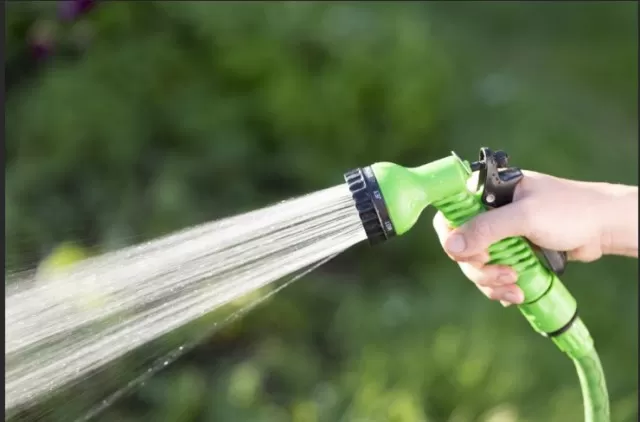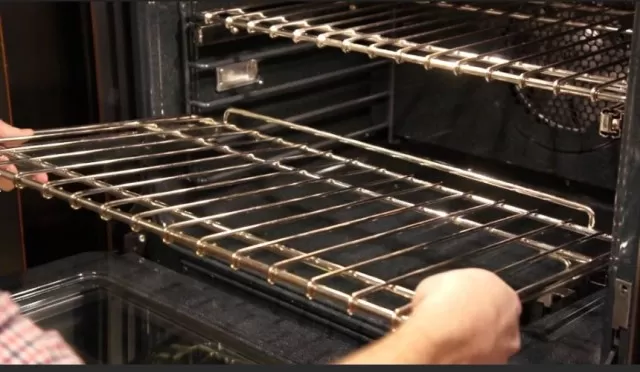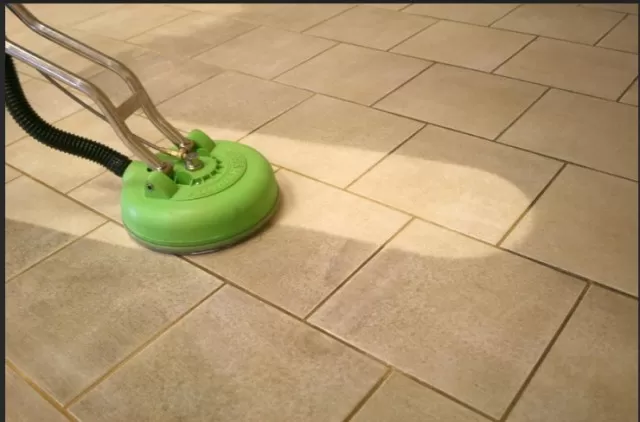Gentle and Effective baking soda Cleaning Hacks.The Many Uses and Limitations of Baking SodaBaking soda, also known as sodium bicarbonate, is a versatile staple found in your pantry. Its unique properties, such as its ability to produce carbon dioxide gas when mixed with an acid, make it an excellent leavening agent for baked goods like cakes, bread, and cookies, giving them a fluffy texture.
Yet, baking soda’s utility extends beyond the culinary world. Thanks to its naturally abrasive texture and chemical characteristics, it serves as an effective cleaning agent for various household tasks. Marla Mock, president of Molly Maid, highlights that baking soda is not only economical but also environmentally friendly, making it suitable for tackling a wide range of cleaning chores.
However, it’s important to use baking soda with caution, as its abrasive nature may not be appropriate for all Cleaning Tasks. According to Mock, it should be avoided when cleaning glass surfaces, certain flat stove tops, and finished wood furniture or floors. Additionally, you should refrain from using it on aluminum cookware, natural stone surfaces, gold-plated items, electronic devices, and precious gemstones like pearls and opals. Katie Dills, senior vice president of The Cleaning Authority, further emphasizes the importance of avoiding surfaces that may scratch easily, such as aluminum or marble. Baking soda also has the potential to react with certain materials, leading to discoloration.
In summary, while baking soda is a versatile and eco-friendly cleaning solution, it’s crucial to be mindful of its limitations and choose the appropriate cleaning methods and products for different surfaces and materials in your home.
Refresh Your Trash Can: Banishing Unpleasant Odors

Trash cans tend to accumulate unpleasant odors over time, but you can effectively combat this issue by incorporating a simple household remedy: baking soda.
According to Alicia Sokolowski, president and co-CEO of Aspen Clean, a sprinkle of baking soda inside the trash can works wonders. For an even more potent deodorizing solution, you can mix baking soda with water and use it as a spray to cleanse and deodorize the interior of your trash can.
This easy and affordable method can help ensure your trash can stays fresh and odor-free.
Say Goodbye to Coffee and Tea Stains with Baking Soda
When your cherished ceramic mugs bear the stubborn marks of coffee and tea stains, baking soda emerges as a formidable ally in the battle against discoloration.
Alicia Sokolowski, president and co-CEO of Aspen Clean, suggests a straightforward remedy: sprinkle a little baking soda into your stained mug and then gently scrub away the blemishes with a damp sponge. Baking soda’s natural whitening properties come to the forefront in this simple and effective solution, helping to restore your favorite mugs to their pristine, stain-free glory.
Revive Your Oven Racks: A Baking Soda Bath

Oven racks are no strangers to the mess and grime that accumulates over time.
Grease, oil, crumbs, and various cooking residues can stubbornly adhere to them. Alicia Sokolowski, president and co-CEO of Aspen Clean, offers a solution to breathe new life into your oven racks.
To start, fill your bathtub with hot water and add a generous amount of baking soda to create a cleansing bath.
Submerge the oven racks in this mixture and let them soak for a few hours. During this time, the baking soda will work its magic, helping to loosen and dissolve the grime.
After the soaking period, take a brush and scrub the racks clean.
The combination of the baking soda bath and some elbow grease will leave your oven racks looking fresh and free from the residues of countless meals. This practical and cost-effective method can help maintain the cleanliness of your oven and ensure it continues to function at its best.
Defeat Stubborn Drain Clogs with Baking Soda and Vinegar
In most cases, you’d steer clear of mixing baking soda with an acid like vinegar due to the bubbling reaction it produces, which can potentially lead to combustion.
However, this reaction can be your ally when dealing with a persistent drain clog. Here’s how to tackle it:.
Begin by sprinkling half a cup of baking soda down the clogged drain.
Allow it to sink into the clog.
Follow up with half a cup of white vinegar.
The two substances will react, producing effervescence that helps break down and dislodge the clog.
Cover the drain to keep the reaction contained and working within the pipe.
Let this combination sit for about 30 minutes. During this time, it will work to dissolve and loosen the blockage.
Finally, flush the drain with hot water to carry away the debris and any remnants of the clog.
This method, as recommended by Alicia Sokolowski, president and co-CEO of Aspen Clean, provides an effective and eco-friendly solution for clearing drain clogs without resorting to harsh chemicals or professional plumbing assistance. It’s a practical way to keep your drains running smoothly.
Rejuvenate Your Grout with Baking Soda

Baking soda’s natural abrasiveness makes it an excellent choice for cleaning grout and bringing it back to its original luster.
Here’s a straightforward method to tackle this task:.
Create a paste by mixing baking soda and water.
The consistency should be thick enough to adhere to the grout lines without running.
Apply the baking soda paste to the darkened or stained grout lines.
Ensure that the paste covers the grout thoroughly.
Take a toothbrush and use it to scrub the grout lines.
The gentle abrasiveness of the baking soda will help dislodge dirt, stains, and discolorations. A toothbrush’s small bristles make it especially effective for getting into the tight spaces of grout lines.
After scrubbing, allow the paste to sit on the grout for a few minutes to let it work its magic.
Once the paste has had some time to work, rinse the grout lines with water to wash away the baking soda and any loosened grime.
This method leverages the natural cleaning properties of baking soda to refresh and brighten your grout, leaving it looking clean and renewed.
It’s a simple yet effective way to revitalize the appearance of your tiled surfaces.
*The information is for reference only.